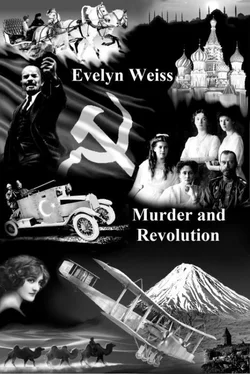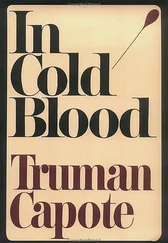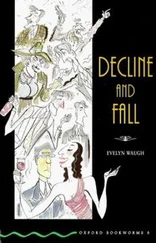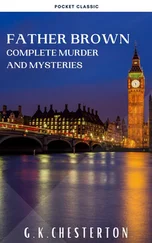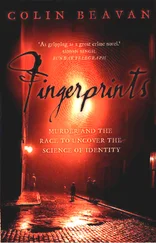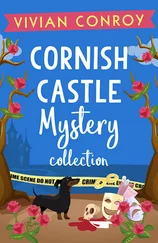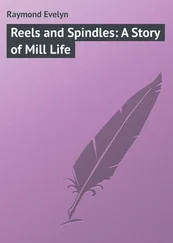The professor returns Bukin’s smile as we step onto the yacht. “I believe, Mr Bukin, that the imperial estate of Tri Tsarevny is the scene of the murder of Svea Håkansson?”
“Indeed. A terrible terrorist outrage – that such a thing should happen to a Swedish woman of noble blood, on one of the Tsar’s private estates! I will show you the scene of the evil deed. We are hoping that your detective skills will track down the revolutionaries.”
“Maybe. Or there could be explanations other than revolutionaries.”
Bukin doesn’t respond, pretending to be distracted by the movement of the boat. The yacht sways in the water, its sails rippling, as the silent sailor steers us through the shipping, away from the busy harbor. Ahead of us, a narrow creek leads between tall trees. Axelson is considering his words.
“The murder took place three weeks ago, Mr Bukin?”
“Yes, in the early afternoon. On such a beautiful sunny day, too… it was an appalling shock for the imperial family.”
“I understand that Tri Tsarevny is not the usual summer retreat of the Romanov family?”
“Indeed. They normally holiday in warmer climates – usually at Yalta, on the Black Sea. But there is unrest across Russia. It was thought safer for them to come here, close to St Petersburg.”
“Were the whole Romanov family here?”
“No: in fact, most of the family did not visit at all. The Tsar was with the Army at the front line: as Commander-in-Chief, his principal duties were there. And his four daughters were all busy too, working as nurses at the Tsarskoye Selo Palace. Like the Winter Palace in St Petersburg, it has become a military hospital.”
“So the holiday party was actually very small?”
“You are correct: only part of the family visited. But it was a great honour to have the Tsarina and her son Alexei Nikolaevich, the heir to the Russian throne, in Ivangorod, although no-one in the town saw them. Their stay at Tri Tsarevny was sadly short. After the attack on Miss Håkansson, they returned immediately to St Petersburg.”
The creek is lined on both banks with woods. Below the trees, a tangle of thick undergrowth extends to the water’s edge. After a few minutes, the boat pulls up at a stone quay in the shadow of towering pines. The only noise is the gently lapping waters, and the little quay has an air of being rarely used. But like a pair of wooden toys, two elaborately uniformed guards stand, one at each end of the quay. Bukin nods at them, then turns ceremoniously to us.
“Please step ashore. We must follow this stone staircase. It leads to the Dacha, the main house of Tri Tsarevny.”
The professor looks at Bukin. “Main house – you mean, there are several houses?”
“Of course. I will show you.” Bukin leads us past the guards, and we start to climb moss-covered slabs. They lead up into the gloom of dense woodland. It’s a warm day, but among the trees we are in cool shade. Bukin speaks between breaths as he puffs up the steps.
“There are other houses at Tri Tsarevny – hence its name, the Three Princesses. The Tri Tsarevny estate was acquired by Tsar Alexander II in 1860. Before that it belonged to the Gorchakov family, one of Russia’s oldest. Everything you will see here was built, and named, by Kniaz Pyotr Gorchakov. He was a great lord – but also a scholar of Slavic history and legend. He wanted to create a place that told the story of Russia itself.”
The trees suddenly open out. A house stands before us on a little grassy hill-top: a mass of gables, onion-domes and carved wood. Bukin opens the door and steps over the threshold, beckoning us to follow.
The room is deserted. I expected to see at least a few servants, some inhabitants of the house. But despite the rich colours of the carpets, the shot-silk drapes and the gilded ornaments everywhere, the room feels like a mausoleum. The air smells stale.
The professor looks closely at Bukin. “Where is everyone?”
“All are gone. When she left, the Tsarina sent them all away.”
“But – the servants, the members of this household – they are our witnesses. How on earth can we investigate Svea Håkansson’s murder, without witnesses to interview?”
“The servants at Tri Tsarevny do not raise their eyes from their duties. None of them actually observed Miss Håkansson’s death. They would be able to tell you nothing.”
“But—”
“We have great faith in your detective talent, Professor Axelson. You do not need human witnesses. There will be hidden clues that only you have the eyes to see.”
For a few moments the professor is at a loss for words. I look around the room. There is finery everywhere. A golden samovar stands on a plinth in the middle of the floor, like a centrepiece. But my eyes are drawn to a huge painting, hanging above the fireplace. Bukin follows my gaze.
“That picture, Miss Frocester, is Ivan the Fool.”
The painted face Bukin points to is alert, strong and handsome. His eyes fix on a far horizon. He kneels, dressed in a woolen Russian coat, and his arms steady himself against the wind and the movement, holding on tight. Because the figure of Ivan the Fool sits on a magic carpet, swaying and rippling as it flies high in the sky above an open landscape of forests, farms and villages.
The professor’s voice interrupts my reverie.
“Very well, Mr Bukin. Miss Frocester and I will make a careful inspection of Tri Tsarevny for clues. But I will need a list of the witnesses – and their addresses. I hope they are all resident in the Ivangorod area?”
“Naturally.”
The professor stands, looking into the mirror of what appears to be an ornate dressing-table. I can see the annoyance in his reflected face. “In the meantime, let’s do what we can. Please, Mr Bukin – show us the exact scene of the murder.”
For answer, Bukin leads us to a large, many-paned window on the far side of the room. Below us, gardens slope down the hill to a wide lake, shining like a silver plate in the afternoon sunshine. On the water are a line of small islands, like stepping stones. The islands are crowned with trees, and among the branches I see one wooden house on each island.
Bukin turns to us. “You have not yet asked about the name of this place – Tri Tsarevny, the Three Princesses. The people of the Ivangorod area believe that this lake is the scene of one of Russia’s oldest stories. That is why Kniaz Pyotr Gorchakov built the houses you see here.”
The professor peers down at the view. “So – was the lake itself the murder scene?”
“In a manner of speaking, it was. I will show you.” Bukin leads us through a door onto a verandah, then down towards the lake. The gardens around us are bright with late-summer flowers, though many are now fading. Weeds poke out everywhere among the blooms. Bukin peers through his pince-nez, and smiles at us.
“I am failing in my duties as your guide if I do not tell you the story of this place. You see, long ago in old Russia, there were three lazy brothers. The story says that they were grown men, but they still lived with their mother.”
Axelson looks at him. “This sounds like an old wives’ tale, Mr Bukin.”
Bukin responds with a polite smile, but continues his story as we walk through the flowers.
“The mother wanted her sons to find homes of their own. She told each of them in turn to go and find a wife. The first went into the village, but all the girls laughed at him. Feeling foolish, he ran out of the village into the fields. Then, when he was all alone, a dragon appeared. To his surprise, the dragon spoke politely to him. ‘Don’t worry. I won’t use my burning breath to cook you, or my gaping jaws to eat you. Instead, I will tell you your fortune, young sir. You are a lucky man. Because, if you can lift that stone, you will marry a princess.’”
Читать дальше
